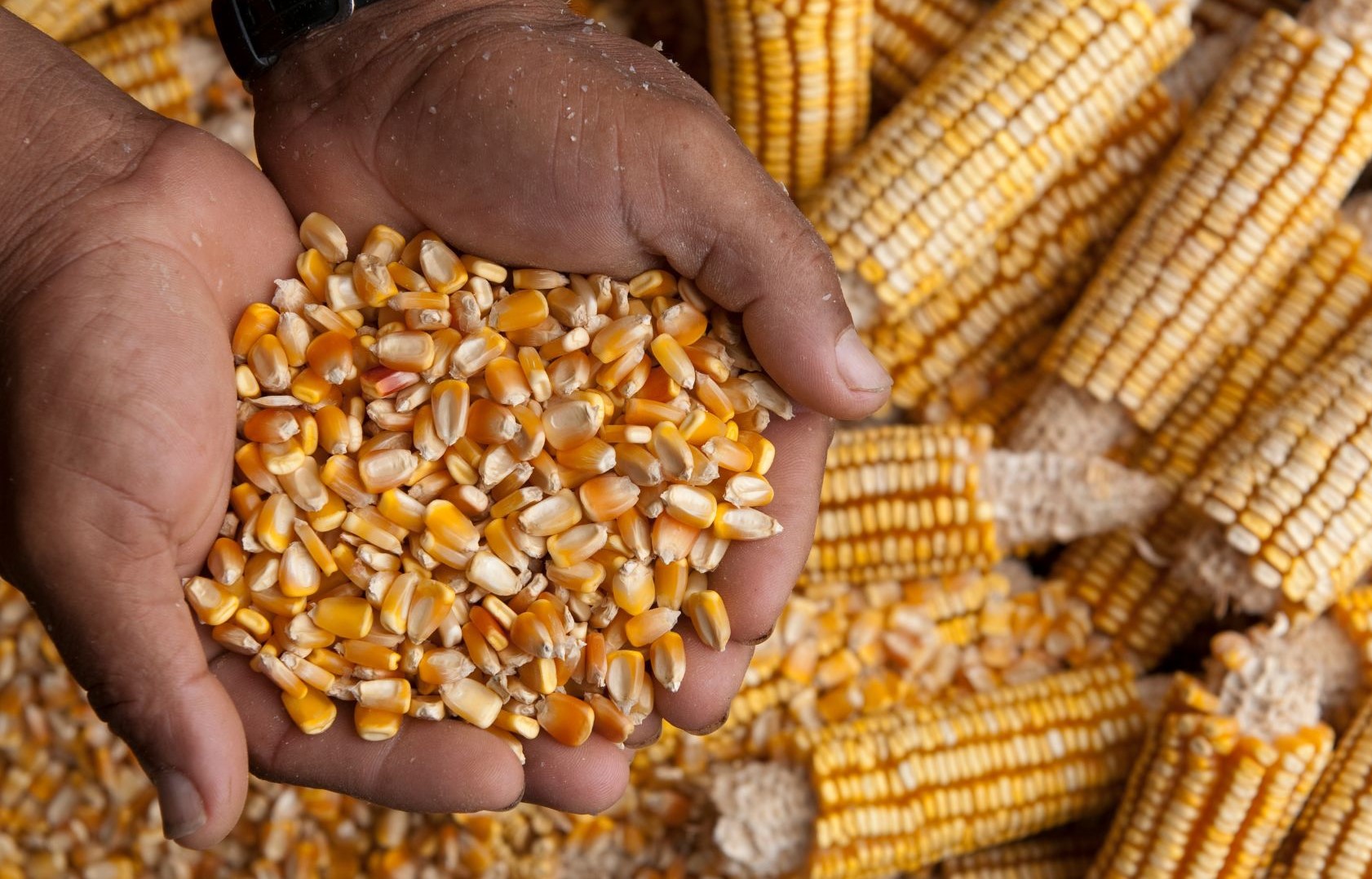Back to: Pre Vocational Studies Primary 6
Welcome to class!
Hello my diligent student! I’m so happy you’re back for another important lesson. Today, we’re focusing on “preservation of grain and cereal crops.” This means how we keep grains like rice, maize, and wheat safe and edible for a long time after they’re harvested. It’s like keeping your toys in a special box to protect them from damage! Let’s begin!
Preservation of Grain and Cereals Crops
Grains and cereals are very important food sources. They provide us with energy and nutrients. However, they can spoil easily if not stored properly. That’s why preservation is so important.
Here are the main methods of preserving grain and cereal crops:
- Drying:

- This is the most common and important method. Removing moisture from the grains prevents the growth of mold, insects, and bacteria.
- Sun Drying: This is a traditional method where grains are spread out in the sun to dry. This is effective in dry climates with plenty of sunshine.
- Mechanical Drying: This uses machines like grain dryers that blow hot air through the grains to dry them quickly and efficiently. This method is less dependent on weather conditions.
- Storage in Airtight Containers:
- Once the grains are dried, they need to be stored in airtight containers to prevent them from reabsorbing moisture from the air and to protect them from insects and rodents.
- Silos: These are large, airtight structures used for storing large quantities of grain.
- Hermetic Bags or Containers: These are specially designed bags or containers that are airtight and prevent the entry of air and moisture.
- Traditional Granaries: In some communities, traditional granaries are used. These are carefully constructed structures designed to keep grains dry and protected.
- Chemical Treatments:

- In some cases, chemical treatments may be used to protect grains from insects during storage. However, these treatments must be used carefully to ensure they don’t leave harmful residues on the grain.
- Controlling Temperature and Humidity:
- Keeping the storage area cool and dry is important for preventing spoilage. High temperatures and humidity can encourage the growth of mold and insects.
Factors to Consider for Grain Preservation:
- Moisture Content: The most important factor is to dry the grains to a safe moisture level (usually around 10-14%, depending on the grain).
- Cleanliness: Grains should be cleaned before storage to remove any dirt, debris, or damaged grains.
- Pest Control: The storage area should be free from insects and rodents. Regular inspection is important.
Let’s use some examples. After harvesting rice, farmers often spread it out in the sun to dry. Then, they store the dried rice in bags or airtight containers. Large commercial farms may use silos to store their grain.
So, to summarize, preserving grain and cereal crops is essential for ensuring food security. The main methods include drying, storing in airtight containers, and controlling temperature and humidity.
Evaluation
- What is the most important factor to control when preserving grains?
- Name two methods of drying grains. Why is it important to store grains in airtight containers?
Excellent! You’re doing a fantastic job! I’m so proud of your learning. Remember, proper preservation of grains ensures we have a stable supply of these important food sources. Keep up the amazing work!
